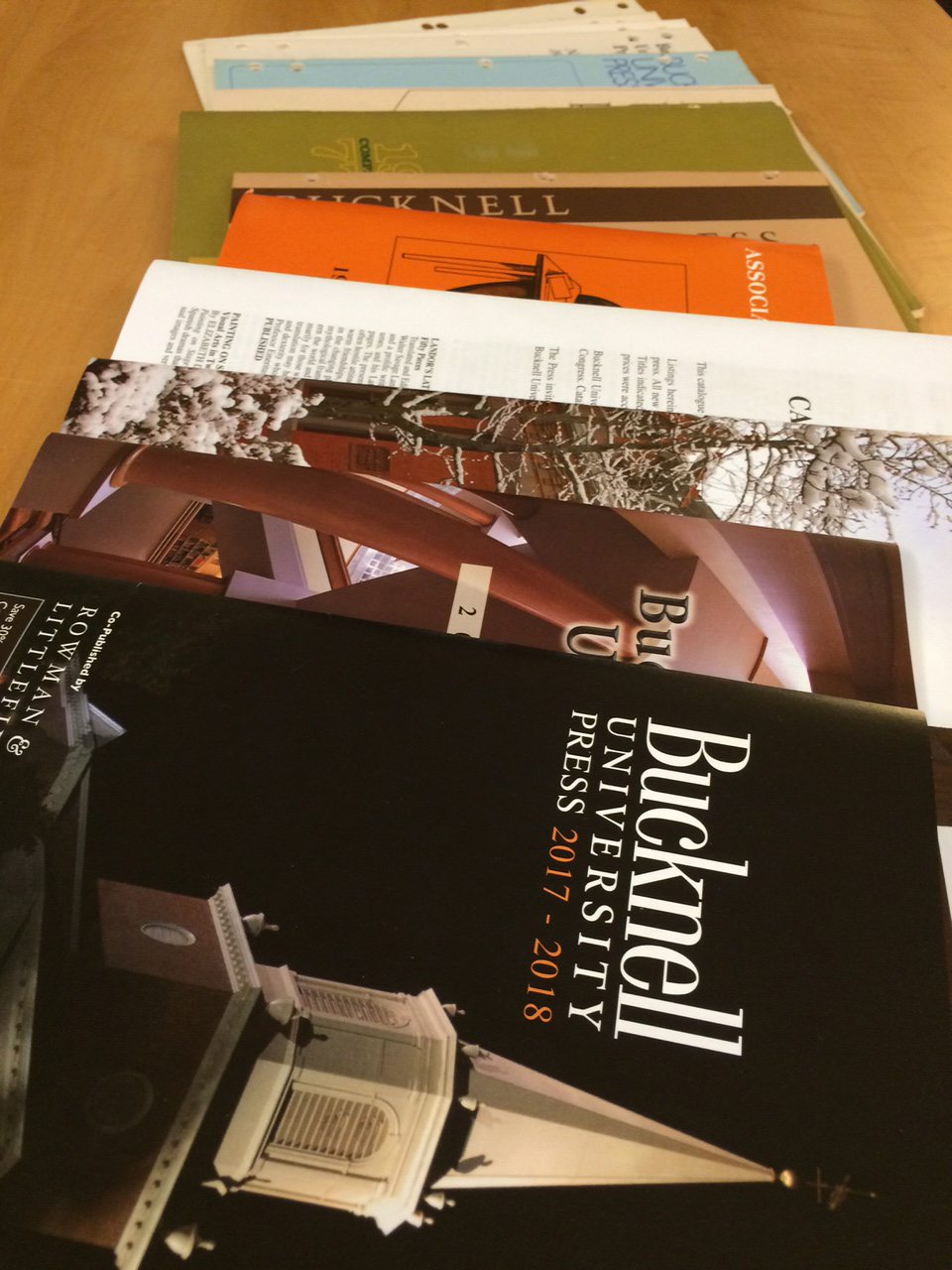Bucknell University Press: You’ve known most of your life that your father was both a brilliant painter and a hoarder. Did you plan to write this memoir even before your father died? Sascha Feinstein: I didn’t seriously consider Wreckage as…
Month: June 2017
Bucknell University Press Catalogs: 1970-2017 Exploring the Pages from Past to Present
Founded in 1968 as a part of a consortium operated by Associated University Presses, Bucknell University Press has since published over 1,000 titles in academic subjects ranging from the humanities to social and biological sciences. In order to broadcast these…
